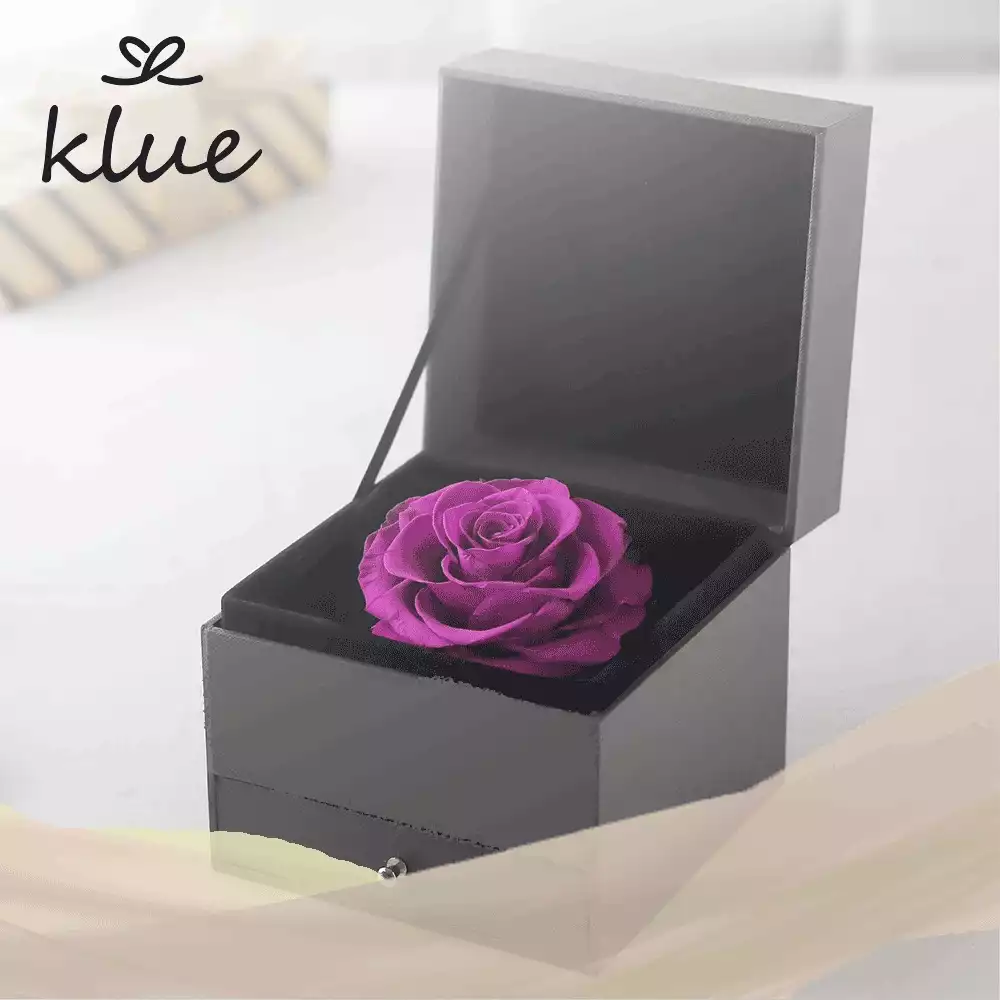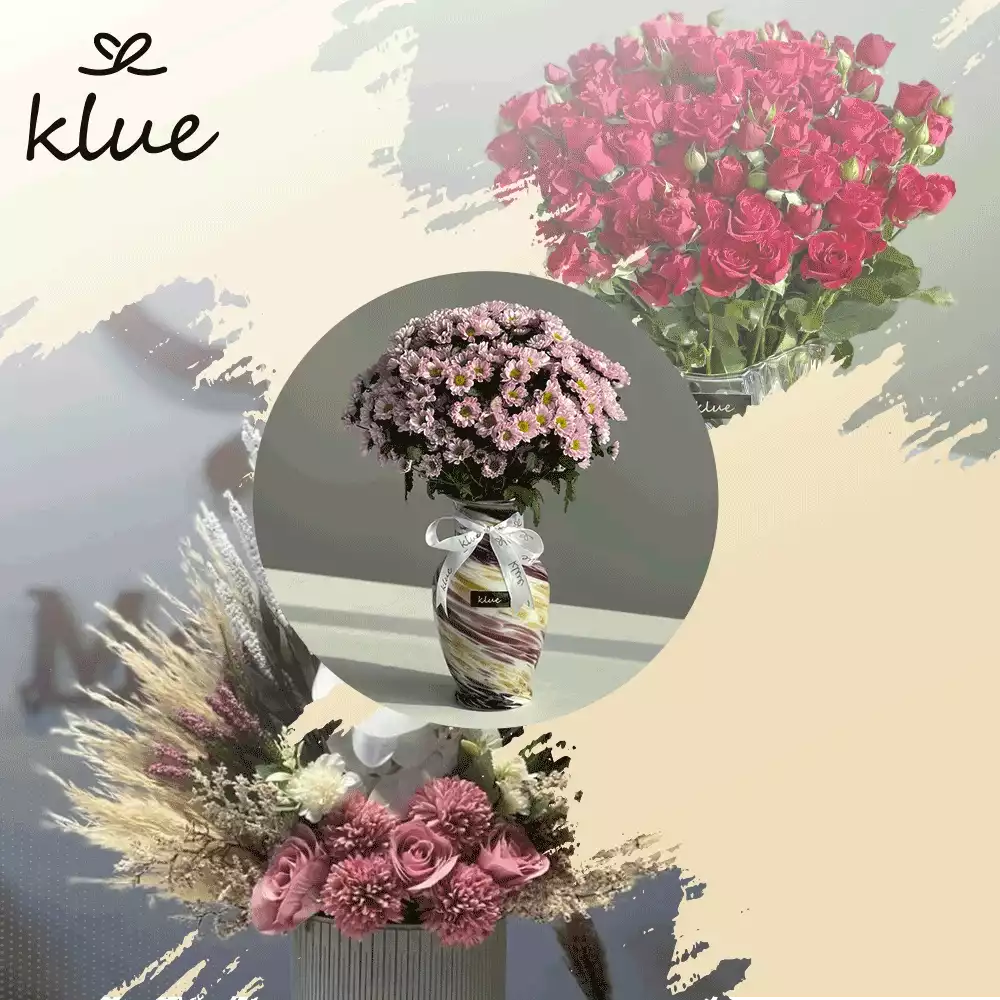The Difference Between Natural and Artificial Roses: 6 Differences You Didn’t Know

Natural and Artificial Roses
When considering using flowers to decorate your home or give them as a gift, you may wonder about the difference between natural and artificial flowers. Both types have their advantages and disadvantages, and the best choice for you will depend on your needs and personal preferences. To help you make an informed decision, we will explore the key differences between natural and artificial flowers in this article. Follow along.
What Is the Difference Between Natural and Artificial Flowers?
There are significant differences between natural and artificial flowers in terms of various factors. Here are the top six differences between them regarding their advantages and disadvantages:
Advantages
Natural Flowers:
- Natural Beauty: Natural flowers stand out for their unique beauty and wonderful fragrance, adding a touch of elegance and sophistication to any space.
- Variety: Natural flowers come in a wide range of colors and shapes, allowing you to choose the perfect type for your occasion or decor.
- Symbolism and Meaning: Natural flowers carry symbolic meanings based on their type and color, making them an effective way to express emotions.
Artificial Flowers:
- Long Lifespan: Artificial flowers last for years without wilting or damage, making them a good long-term investment.
- Easy Maintenance: Artificial flowers do not need water or special care, saving you time and effort.
- Cost-Effective: While the initial cost might be higher, not needing to replace them frequently makes artificial flowers an economical choice in the long run.
Disadvantages
Natural Flowers:
- Short Lifespan: Natural flowers wilt and die within a few days or weeks, requiring frequent replacements.
- Allergies: Some people may suffer from pollen allergies associated with natural flowers.
- High Maintenance: Natural flowers require constant care, such as changing water regularly, trimming stems, and removing wilted leaves.
Artificial Flowers:
- No Fragrance: Artificial flowers lack the natural scent that distinguishes real flowers.
- Artificial Appearance: Despite advancements in manufacturing, some people prefer the beauty of real flowers, which can’t be perfectly replicated by artificial ones.
- Environmental Impact: The production of artificial flowers can contribute to environmental pollution due to the use of plastic and chemicals.
These are some of the major differences between natural and artificial flowers regarding their pros and cons.

What Are the Uses of Natural Flowers?
Natural flowers are widely used in aromatherapy, or “scent therapy,” where essential oils are extracted from plants to improve mental and physical health. This is one area where natural flowers stand out from artificial ones. Here’s how natural flowers are used in aromatherapy and their benefits:
- Rose Essential Oil: Extracted through steam distillation, rose oil is a highly concentrated and widely used component in aromatherapy. Its rich, pleasant fragrance is known for soothing and mood-lifting properties.
- Stress Relief: Inhaling rose oil reduces anxiety and stress. It can also be used in massages to enhance relaxation.
- Mood Enhancement: The scent of roses stimulates the production of endorphins and serotonin, boosting positive feelings and reducing depression.
- Pain Relief: Rose oil is also used in massages to alleviate muscle and joint pain.
- Skin Health: Massage with rose oil improves circulation and promotes healthy skin.
- Bathing Aid: Adding a few drops of rose oil to your bath can create a calming and relaxing experience.
- Candle Making: Rose oil is often used in crafting scented candles to add a soothing fragrance to the home.
Precautions:
Always dilute rose oil before applying it to the skin to avoid irritation. Conduct a small skin test first to check for any allergic reactions.

How Can You Use Artificial Flowers?
Artificial flowers can be a great alternative to natural ones, especially when low maintenance and longevity are required. Here are some creative ways to use artificial flowers:
Interior Decoration
- Floral Arrangements: Use artificial flowers to create stunning vase arrangements for tables and shelves. You can choose various colors and shapes to complement the room’s decor.
- Dark Spaces: Place artificial flowers in dim corners or areas that receive little sunlight, as they remain beautiful without needing natural light.
- Wreaths: Create wreaths using artificial flowers to hang on doors or walls, adding a welcoming touch to any entrance.
- Candle Décor: Decorate candleholders with artificial flowers to give an elegant touch to dinner tables or festive occasions.
Events and Occasions
- Weddings: Brides can choose an artificial flower bouquet that remains perfect throughout the day and serves as a lasting memento.
- Table Centerpieces: Use artificial flowers for wedding table centerpieces to avoid worrying about wilting flowers during the event.
- Celebrations: Design artificial flower arrangements for birthday parties or anniversaries, providing vibrant decoration.
- Outdoor Events: Artificial flowers are perfect for outdoor or long-lasting events as they withstand varying weather conditions.
Personal Use
- Hair Accessories: Make beautiful flower crowns or hairpins using artificial flowers for a feminine and elegant look.
- Craft Projects: Add artificial flowers to handmade cards or gift boxes for a personalized touch.
Artistic Crafts
- DIY Home Décor: Use artificial flowers in artwork, frame decorations, or as embellishments for DIY home projects.
Conclusion
In conclusion, the choice between natural and artificial flowers depends on your personal preferences and needs. If you’re looking for natural beauty and fragrance, natural flowers are the ideal choice. However, if you prefer a low-maintenance, long-lasting option, artificial flowers might be more suitable for you. When making your decision, consider factors such as your budget, time for maintenance, and any potential allergies.






 Winter Collection
Winter Collection Graduation gifts
Graduation gifts Birthday
Birthday Get well soon
Get well soon New born
New born New home
New home wedding gifts
wedding gifts congratulation gifts
congratulation gifts Love gifts
Love gifts
 Flowers and gifts
Flowers and gifts Chocoflower
Chocoflower Gift boxes
Gift boxes Trays gift
Trays gift SPA gifts
SPA gifts Eastern gifts
Eastern gifts luxury gifts
luxury gifts Home hospitality gifts
Home hospitality gifts Other gifts
Other gifts Perfumes, candles and antiques
Perfumes, candles and antiques Men's accessories
Men's accessories Children’s jewelry
Children’s jewelry
 Flower box
Flower box Flower Vases
Flower Vases Artificial flowers
Artificial flowers
 Chocolate
Chocolate Cake
Cake Other collections
Other collections

